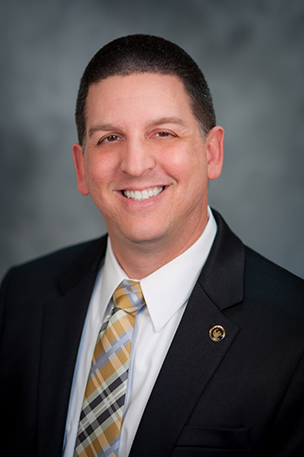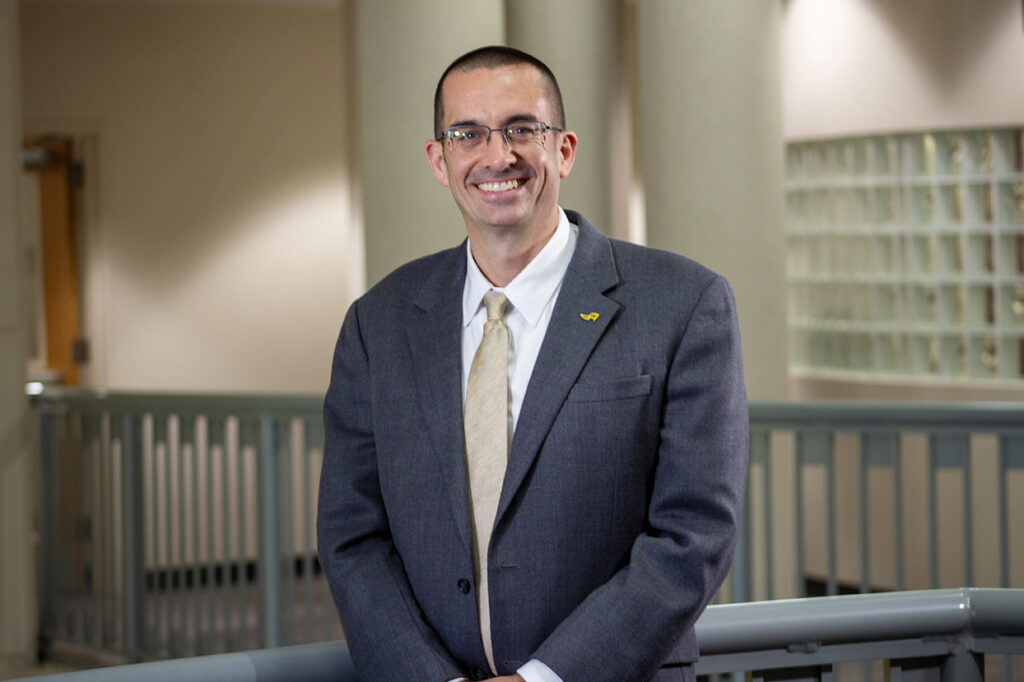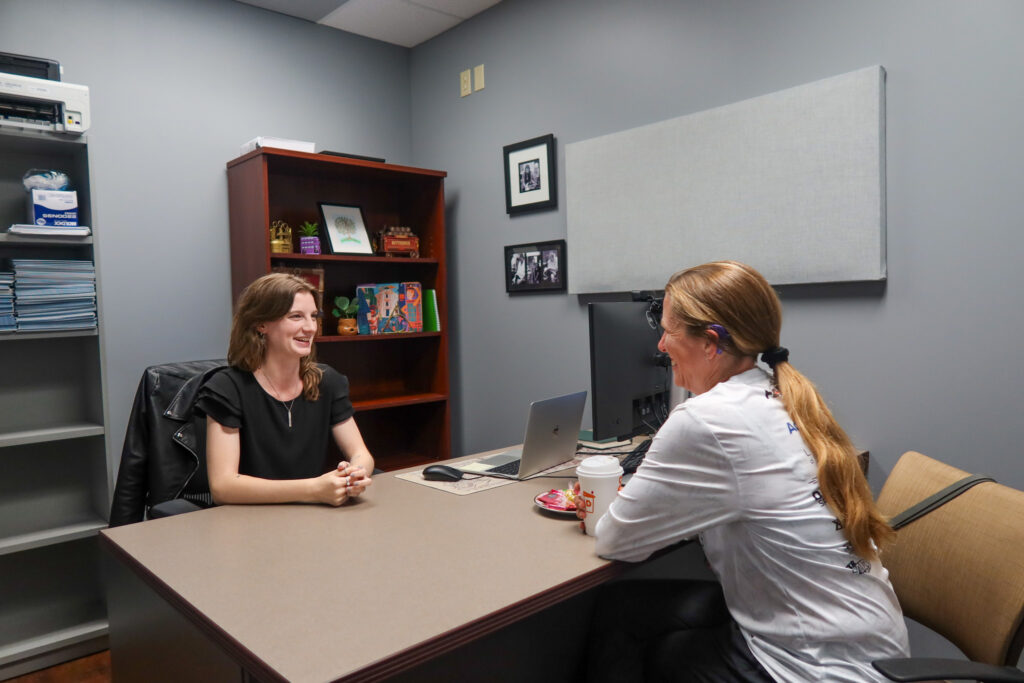Originally published in The ASHA Leader, September 2017, Vol. 22, 68.
As many communications sciences and disorders students head back to class, and in keeping with The ASHA Leader’s “Back to School” theme this month, the ASHFoundation features a grant recipient whose research has changed the way speech-language pathology students are trained.
In 1999, Richard Zraick, then assistant Medical Sciences professor at the University of Arkansas, received an ASHFoundation New Investigators Research Grant to implement an innovative clinical training method.
Zraick’s dream was to develop the use of standardized patients in graduate speech-language pathology training. If he could prove this method workable, he hoped that ASHA’s Council for Clinical Certification in Audiology and Speech-Language Pathology (CFCC) would allow students to count their clinical time with standardized patients—and not just actual patients—toward certification requirements.
“Standardized patients” are people who have been trained in a standardized way to portray patients with a particular disorder. Students interact with them in two ways: First, the students learn to diagnose and treat the disorder displayed by the “patient.” In the second interactive mode, standardized patients are used to assess students’ competency in working with real patients who have the disorder.
In 1999, many health disciplines—including medicine, nursing and other allied health fields—used standardized patients, but it was almost unheard of in speech-language pathology. Zraick saw the potential that standardized patients offered the discipline and was determined to explore the possibilities. The practice would allow university programs, as they accept more and more students, to expand opportunities for hands-on experience. Also, small programs with small clinics have limited externship sites, and standardized patients could give students the additional experience necessary to be effective clinicians.
Interestingly, the use of standardized patients may be more helpful than exposure to “real” patients at early stages of training. “Students report that interacting with standardized patients gives them more confidence in the clinical setting,” says Zraick. “Once they’ve practiced on standardized patients in a safe learning environment, they’re more comfortable in real-world situations.”
And standardized patients are not far removed from reality, adds Zraick, who recalls a standardized patient who came to his aphasia class and “was so realistic in his portrayal of a stroke patient that a student in the class who knew him thought he actually had a stroke.”
Zraick’s ASHFoundation grant for his cutting-edge work afforded him “quite a bit of early recognition.” It helped him to initiate his research and to earn academic promotion and tenure. Zraick, now professor and chair of the Department of Communication Sciences and Disorders at the University of Central Florida, is one of only a handful of acknowledged experts in this area, and often speaks about standardized patients at conferences.
And that dream of earning recognition of standardized patient clinical hours? CFCC now allows up to 20 percent of clock hours to come from simulation experiences, including standardized patients.
When Zraick received his ASHFoundation award, no other organizations were funding his type of research. “Now external funding is available in this area,” he says, “particularly when combined with a focus on interprofessional education.” The ASHFoundation—which recognizes and funds innovation and new scientists—was a catalyst in a clinical training paradigm shift that was advanced with Zraick’s research and that continues to grow.
Zraick saw the potential that standardized patients offered speech-language pathology and was determined to explore the possibilities.

Richard Zraick, Ph.D. is currently a member of the writing team that is preparing a Best Practices in Simulation document for the Council on Academic Programs in Communication Sciences and Disorders (CAPCSD).
Background Information
Zraick, R. (2012). Review of the use of standardized patients in speech-language pathology clinical education. International Journal of Therapy & Rehabilitation, 19(2), 112-118.







